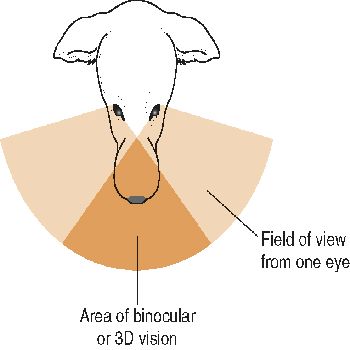 Learn more about Seeing Eye dog training.
Learn more about Seeing Eye dog training.
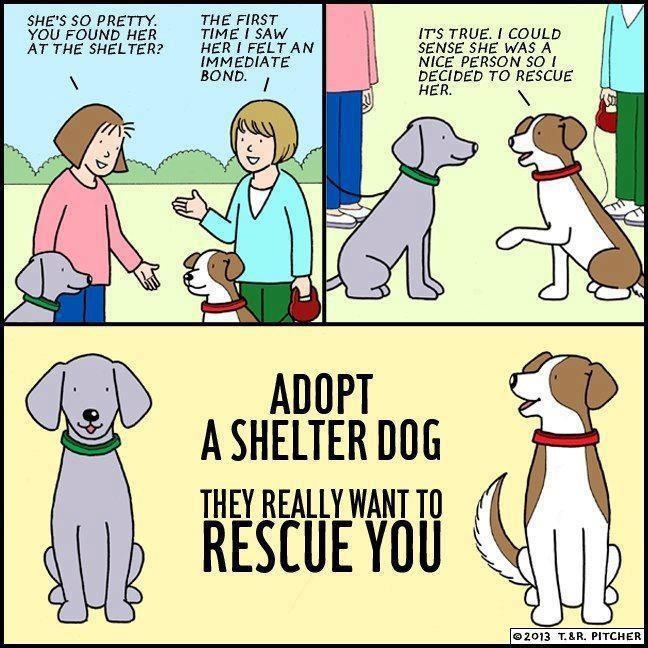 This payment, which may be made in installments, covers a fraction of the actual cost. To the student, however, it represents dignity and self-respect. No one has ever been denied a Seeing Eye dog for lack of funds.
This payment, which may be made in installments, covers a fraction of the actual cost. To the student, however, it represents dignity and self-respect. No one has ever been denied a Seeing Eye dog for lack of funds.
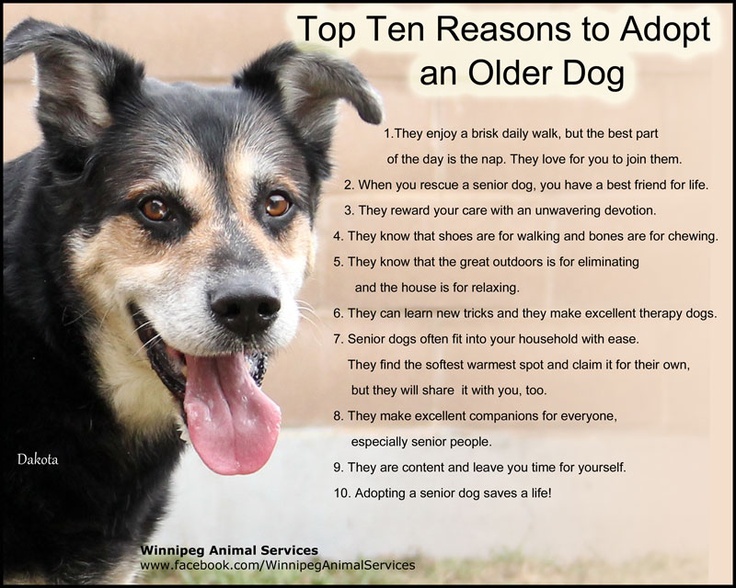 Visit our employment page to find out if we are currently hiring.
Visit our employment page to find out if we are currently hiring.
 The person can then accept or decline your offer. Download our tip sheet for more information about etiquette around guide dog teams.
The person can then accept or decline your offer. Download our tip sheet for more information about etiquette around guide dog teams.
For questions about puppy raising or admissions, please see our Puppy Raising Frequently Asked Questions and our Admissions Frequently Asked Questions.
This post may contain affiliate links. We may earn money or products from the companies mentioned in this post.
So You’d Like To Adopt A Service Dog.
It’s a common question we get at the Puppy In Training blog:
“How can I adopt a retired service dog? or a failed guide dog?” (we like to substitute “career change” for the word “failed”).
I’m not surprised by this question. Not all puppies in training make it as working guide dogs.
Not all service dogs work their entire lives.
How to adopt a retired service dog or failed guide dogAnd you bet your bottom dollar that these career-change dogs are well socialized, have great house manners and are aces when it comes to basic obedience.
So it goes without saying these dogs are in high demand!
QUICK RECOMMENDATION: One of the first things we did before bringing home our first puppy was order and read through Puppies for Dummies. It’s an excellent book that teaches the basics of raising and training a puppy. If you’re considering adopting a puppy then be proactive and start reading about what you can expect.
On today’s agenda:
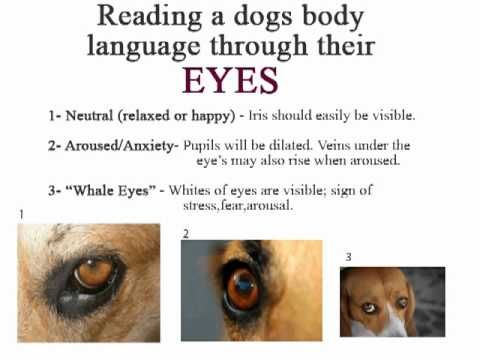
I have an aunt that adopted a service dog that didn’t make it through the training. Something to keep in mind for readers. It’s a tough process to find the right dogs for these programs and sometimes they just aren’t able to make it.
But these little guys who sadly, fail out of the program, are super smart and need a home. So if you don’t need a service dog but are looking for great little pups who need homes, you can also reach out to these groups to find out where they send the pups that don’t make the cut.
–BB
If you’re thinking about adopting a Yorkshire Terrier, a Bulldog, or an Irish Wolfhound then it’s highly unlikely you will find what you are looking for when trying to adopt from a service dog organization.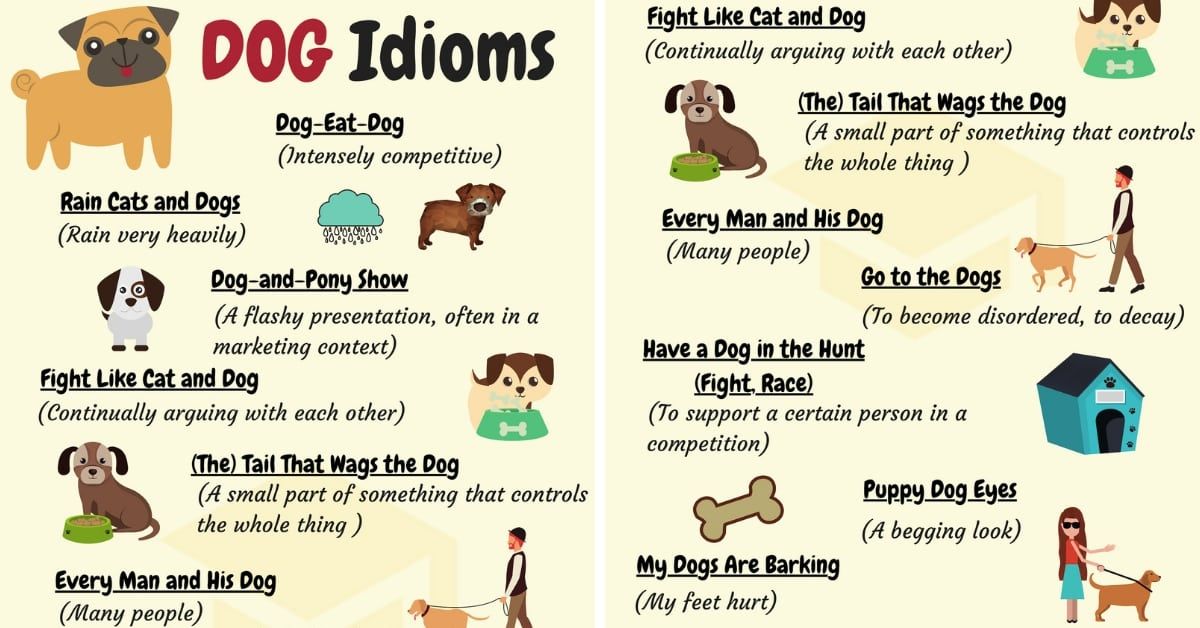
QUICK TIP: As I mentioned the two most common dog breeds in service dog organizations are Golden Retrievers and Labrador Retrievers. Read up on these two breeds to make sure their personality, temperament, and energy level will fit your lifestyle.
While I’m not ruling out that you will never be able to adopt one of these or many other dog breeds at a service dog organization I will say it’s highly unlikely.
Based on our experience here are a few simple facts about what kind of dogs you will find in service dog adoption programs:
 For instance, Guide Dogs of America: “Currently the waiting list to adopt a dog is over six years.” Can you recall what you were doing six years ago? Can you imagine what you’ll be doing in six years?
For instance, Guide Dogs of America: “Currently the waiting list to adopt a dog is over six years.” Can you recall what you were doing six years ago? Can you imagine what you’ll be doing in six years?I wanted to know how to adopt a seeing eye dog that has been rejected.
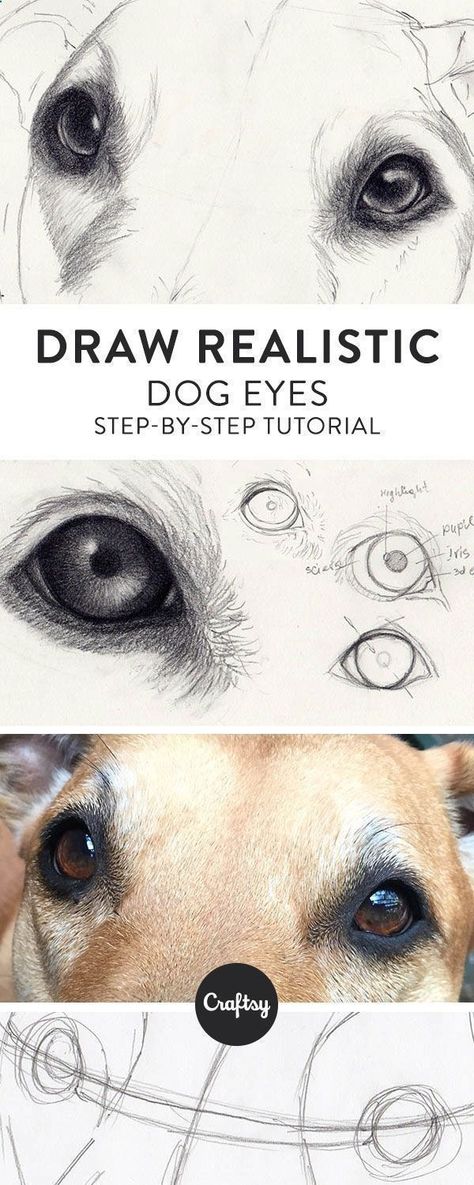
–BR
Okay, guys and gals. Do you still want to adopt a retired service dog?
Do you want to know the best way to facilitate getting said retired service dog?
After 10+ years of raising guide and service dogs, I’ve learned a thing or two about how to give yourself the best chance to adopt a retired service dog.
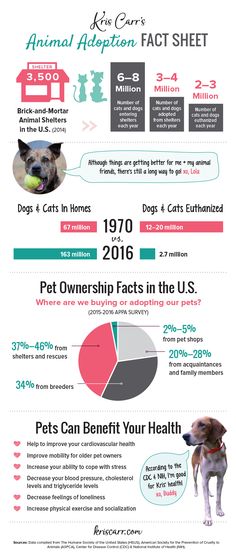
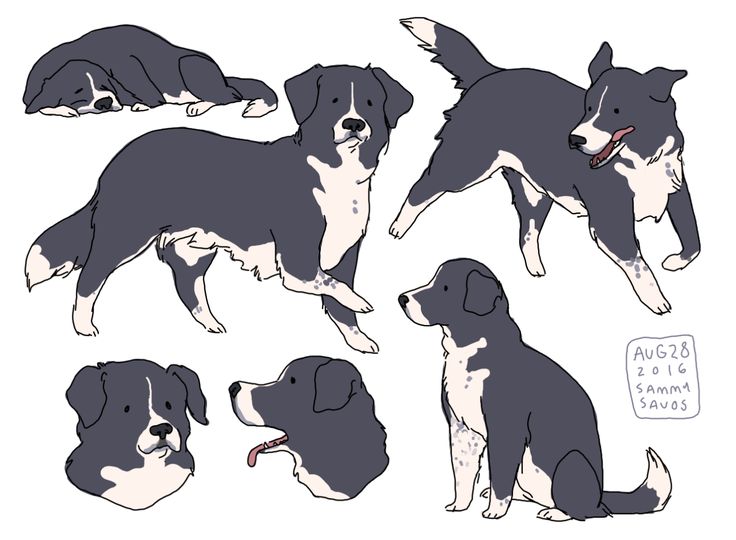 Keep in touch and stay connected. By keeping in touch you’ll find out when puppies are dropped when dogs are retired, and when a dog becomes available.
Keep in touch and stay connected. By keeping in touch you’ll find out when puppies are dropped when dogs are retired, and when a dog becomes available.The ultimate list has not yet arrived. Sorry folks I did not have it prepped in time to publish with this article.
I’m in the process of sifting through hundreds of service dog organization websites to find the exact adoption page on each site.
In a few days, I’ll have that page live so make sure and subscribe to our newsletter, add us to your RSS feed, or check back with us in the next few days.
UPDATE: Here’s the link to our list of assistance dog schools with adoption programs.
By the way, if you know of an assistance dog school that has an adoption program please let us know so we can update our ultimate list.
So what do you guys think?
Do you have any questions on how to adopt a retired service dog?
Have you already adopted a career change guide dog?
Tell us about your experiences in the comment section below.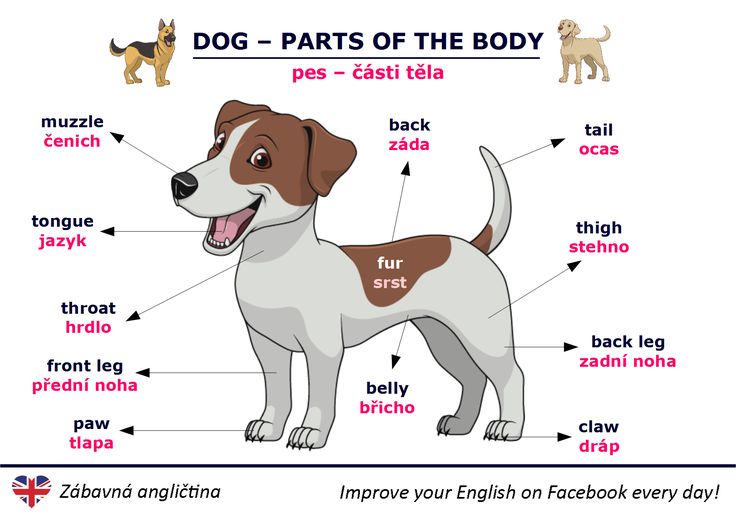
UPDATE: Can you believe we wrote the original article on how to adopt a service dog way back in 2007 (Stetson wasn’t even 1 year old and still a guide dog puppy in training).
Remember two things:
Service dogs are well-bred, socialized, and trained. However, you’ll still want to keep up with their training.
If this is your first dog or if you need to brush up on your knowledge and skills I highly recommend reading an introductory book on dog training. One of our favorites is Puppies for Dummies (I know I already mentioned this book, but it’s worth repeating), a quick and easy read that will give you a solid foundation for your new dog.
Best of luck finding your career-changed service dog! Let us know if you have any questions.
How to adopt a retired service dog or failed guide dog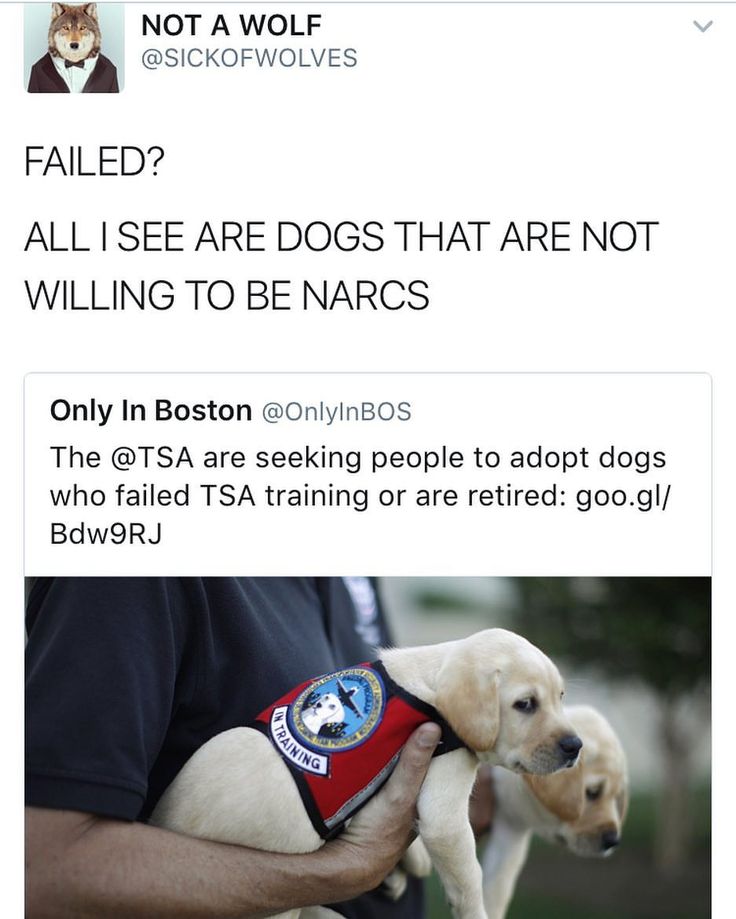 Helps ease anxiety in their new home.
Helps ease anxiety in their new home.Check out more of our favorites on our New Puppy Checklist.
Post Tags: #failed guide dog#retired service dog
Colby
Colby Morita has been raising and training guide and service dog puppies for over 13 years. He has puppy graduates from Guide Dogs of America, Tender Loving Canine Assistance Dogs, Cascade Service Dogs, and Canine Support Teams. Colby has been writing to the PuppyInTraining.com blog and sharing his puppy training tips from his experiences since 2007. Follow his puppy adventures at Facebook | YouTube | Twitter | Pinterest
Colby has been writing to the PuppyInTraining.com blog and sharing his puppy training tips from his experiences since 2007. Follow his puppy adventures at Facebook | YouTube | Twitter | Pinterest
Assistance Dogs
This post may contain affiliate links. We may earn money or products from the companies mentioned in this post. It’s important for us to take…
Read More Puppy In Training TV – Ep14 – Trains, Trams, Buses, And PuppiesContinue
We give guide dogs to visually impaired people of groups I and II aged 18 years and older who have difficulty moving independently and need the help of a guide dog, having the conditions for keeping a dog, and, for health reasons, able to walk with a fairly large and energetic dog.
The following documents are required to obtain a guide dog:

Send documents electronically to [email protected]
Documents do not need to be notarized, we will certify them ourselves if we have the originals.
After receiving your documents, the Center's curator will visit you to select the most suitable dog for you, answer your questions and tell you more about the upcoming work with a guide dog. Such a visit is always discussed in advance at a convenient time for you. Refusal to meet with a handler may be grounds for refusing to receive a guide dog.
We visit all blind and visually impaired people who are waiting for guide dogs at our center and who live in Moscow and the Moscow region, and most of them who live in other Russian cities.
We ask you to answer the questionnaire in detail and honestly, because if we cannot come to you to get to know you personally, then it is your answers that will allow us to select and train a dog for you. Guide dogs are trained according to the standard program, but in addition, each of them receives the skills that are necessary for the specific person to whom it is intended.
Guide dogs are trained according to the standard program, but in addition, each of them receives the skills that are necessary for the specific person to whom it is intended.
Based on the documents received, we will put you on the waiting list. You get a dog for free. The average waiting period is 1.5-2 years. When the dog of your choice completes its training, a center employee will call you and agree in advance (usually about two weeks) on the date of your arrival for a two-week training. If you refuse to come to study three times, you are removed from the queue. If you have objective reasons for calling during a certain period (studying at an educational institution, weather conditions in your region, etc.), please let us know in advance in the Questionnaire.
We train adult young (1-2 year old) dogs that have been carefully screened and tested for suitability as guide dogs. We use Labrador Retrievers and Golden Retrievers of both sexes. These are the breeds best suited for the demanding work of a guide dog. All dogs are sterilized.
These are the breeds best suited for the demanding work of a guide dog. All dogs are sterilized.
The dog undergoes training for 6-8 months and passes an exam together with the trainer, confirming its readiness for work. The training of dogs is carried out by specialist trainers with many years of experience in training dogs for people with disabilities.
After agreeing with the employee of our center on the time of your arrival, you will have to complete a training course within two weeks. During this time, you will receive all the necessary knowledge and acquire the skills of leading a guide. And the dog, in turn, will get used to you, learn to obey you and work with you. This is an important stage, without which further work and life with a guide dog is impossible.
The transfer of the guide dog to the future owner takes place at the training base of our center in the Moscow region, in the city of Balashikha (former Zheleznodorozhny) and takes an average of two weeks.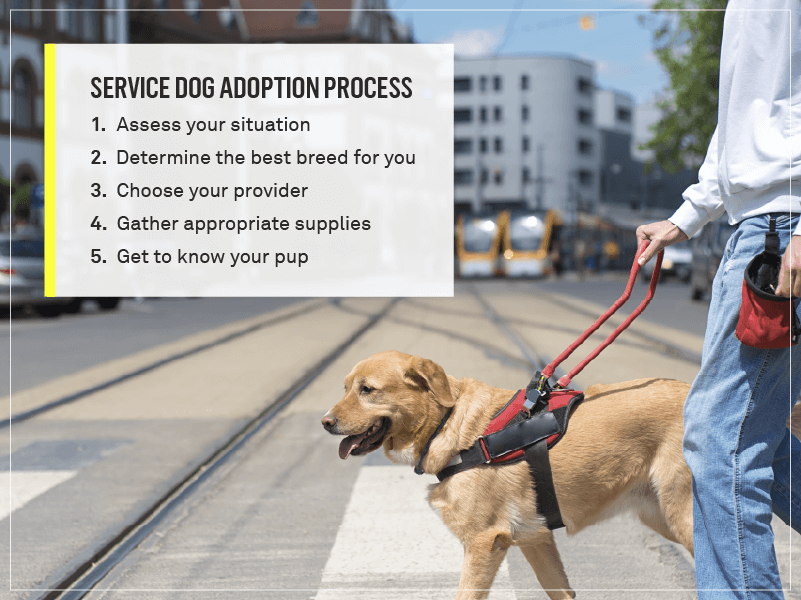 We organize the transfer of a dog for each person individually, based on his skills and characteristics.
We organize the transfer of a dog for each person individually, based on his skills and characteristics.
The transfer of a guide dog is accompanied by the execution of relevant documents. You will receive:
Together with the dog you get a set of equipment necessary for working with it. Including a special guide dog harness with identification marks and reflective elements.
We keep in touch with everyone who has received a guide dog from us and are always ready to help you. Curator support can be both remote and in-person - with a personal visit of the regional curator and on-site assistance in any region of Russia.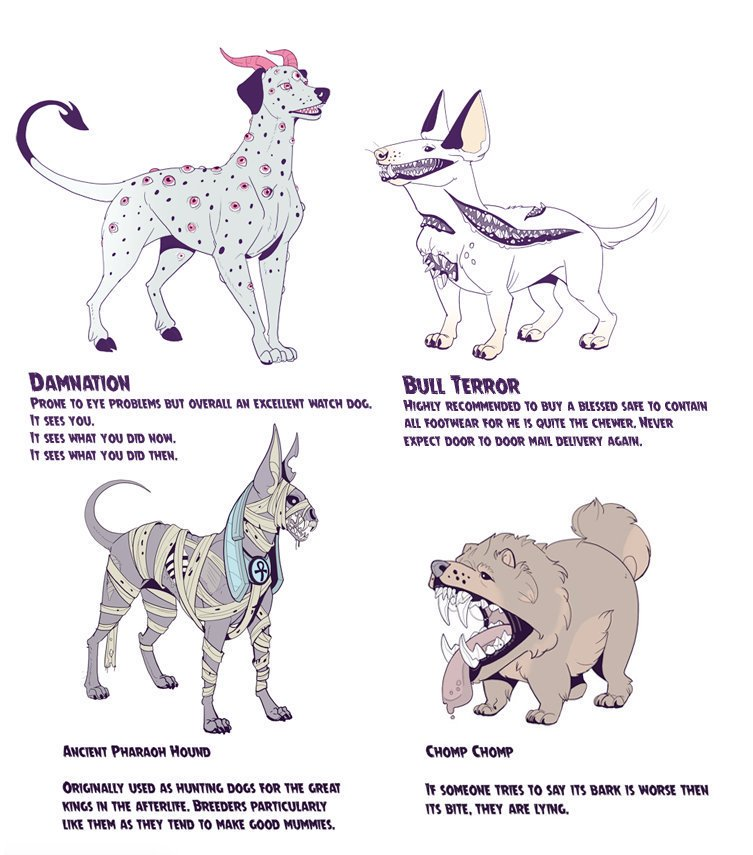 Please don't be afraid to contact us with any question you have about your guide dog!
Please don't be afraid to contact us with any question you have about your guide dog!
September 21, 22, 12:36
discuss Petersburg deputies plan to apply to the Minister of Labor of Russia Anton Kotyakov with a request to allocate funds from the budget for the maintenance of guide dogs to their wards, after the animal can no longer perform his duties as an assistant. At a meeting on September 21, the deputies of the Legislative Assembly unanimously supported the draft resolution on an appeal to the head of the Ministry of Labor.
Now funds are allocated from the budget for the maintenance of a guide dog only during the period when the animal performs its duties. As the authors of the initiative note, during this time the dog becomes a friend to the owner. However, although a disabled person has the right to keep a dog that has already retired, maintenance is no longer allocated for it.
However, although a disabled person has the right to keep a dog that has already retired, maintenance is no longer allocated for it.
Since not all people with disabilities have the resources to support an animal on their own, the authors suggested doing this at the expense of the budget. How much money is required for the implementation of the initiative, the authors found it difficult to name.
More news in our official telegram channel Fontanka SPB online . Subscribe to be the first to know about important things.
SURPRISE0
SAD0
No comments yet.
Be the first to comment!
add a commentThe brightest photos and videos of the day are in our groups in social networks
Select a fragment and press Ctrl+Enter
Media news2
report news
Send your news to the editor, tell us about a problem or suggest a topic for publication. Upload your video and photos here.
Upload your video and photos here.
Companies
Comments
In St. Petersburg invented "Kiberaret"
The number of cybercriminals and fraudulent schemes based on excessive trust in citizens, in this year, in this year continues to grow. Practically the only effective tool in the fight against such crimes is knowledge. This year, a new format appeared on the Internet - an online show about cybersecurity. Thanks to the project, even people far from IT can now receive universal advice from information security professionals*, protect their devices from hacking and resist scammers. According to the idea of the authors of the project, 4 teams of information security professionals...
KVS invites you to the New Year's Eve Client Day
On Saturday, December 10, KVS invites everyone to the Client Day at the main office located in the G9 club house at Gribaleva street, 9. Lectures and consultations of the company's experts, as well as excursions, New Year's gifts and master classes are waiting for the guests of the event! In the program of the Client Day: At 13:00 — a speech by Angelica Alshaeva, Director General of the KVS Real Estate Agency, dedicated to investments and trends in the housing market; Next - two more speeches by experts: on the most profitable mortgage programs and on...
Lectures and consultations of the company's experts, as well as excursions, New Year's gifts and master classes are waiting for the guests of the event! In the program of the Client Day: At 13:00 — a speech by Angelica Alshaeva, Director General of the KVS Real Estate Agency, dedicated to investments and trends in the housing market; Next - two more speeches by experts: on the most profitable mortgage programs and on...
TOP 5
1“There was an explosion, then a collapse.” Mega Khimki shopping center on fire near Moscow
93 373
92A police colonel with a unique career was detained in St. Petersburg
85 825
393Hysterical laughter and “Bush legs”. Victor Bout gave the first interview - the main thing
81 463
464"Who is this?" Putin commented on the sentence to Yashin *
79 975
1135 "Lord of War".